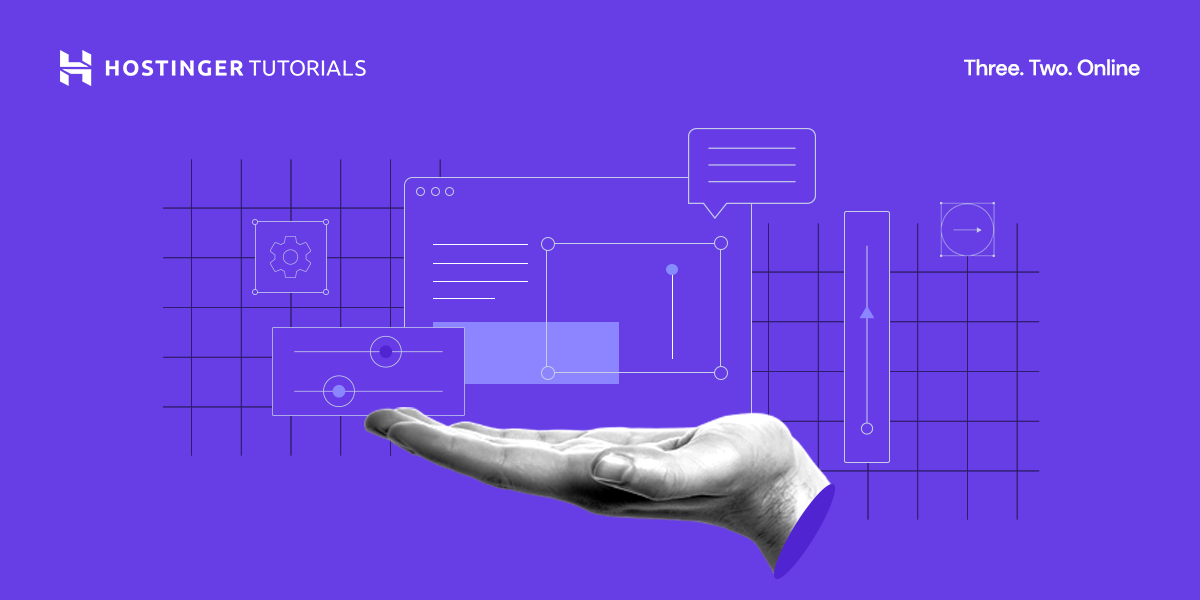Are you looking to set up and optimize a dedicated server for web hosting? If so, you’ve come to the right place. In this article, we will guide you through the process of setting up a dedicated server for web hosting and provide tips on optimizing its performance. Whether you’re a beginner or experienced in web hosting, this step-by-step guide will ensure that you make the most out of your dedicated server and create an efficient and reliable hosting environment for your website. Get ready to take your web hosting game to the next level!
Choosing a Dedicated Server Provider
When it comes to choosing a dedicated server provider, there are several factors to consider. Start by researching different providers to ensure that you find one that meets your specific needs. Look for providers with a good reputation, reliable customer support, and a strong track record of uptime.
Once you have a list of potential providers, it’s important to compare pricing and features. Look at the cost of the server itself, as well as any additional fees for setup or maintenance. Consider the level of technical support provided and any additional features such as DDoS protection or backups.
You should also take server specifications into account. Consider your specific needs for processing power, memory, storage, and bandwidth. Make sure that the provider you choose can accommodate your requirements and has the flexibility to scale as your website grows.
Server Setup Process
Setting up a dedicated server involves several steps. Firstly, you need to select an operating system that suits your needs. Popular options include Linux distributions like Ubuntu or CentOS, as well as Windows Server.
After choosing an operating system, you can order and provision the server with your chosen provider. This typically involves selecting the hardware components you need and configuring any additional services or software.
Once your server is provisioned, it’s important to set up remote access. This allows you to manage your server from anywhere using tools like SSH (Secure Shell) or Remote Desktop. You’ll need to ensure that you have the necessary credentials and security measures in place to protect your server.
Optimizing Server Performance
Optimizing server performance is crucial for ensuring fast and reliable website loading times. One way to improve performance is by upgrading hardware components such as CPU, RAM, or storage. This allows your server to handle more requests and process data more efficiently.
Another technique for optimizing performance is configuring load balancing. Load balancing distributes incoming traffic across multiple servers, ensuring that no single server becomes overwhelmed. This not only improves performance but also adds redundancy to your setup.
Implementing caching techniques is another effective way to optimize server performance. By caching frequently accessed data or web pages, you can reduce the amount of processing required and improve response times for your website visitors.
Securing the Server
Securing your dedicated server is of utmost importance to protect your data and prevent unauthorized access. Start by using strong passwords and authentication methods to restrict access to your server. Consider implementing two-factor authentication for an extra layer of security.
Setting up a firewall is essential for blocking unauthorized access attempts and protecting against malicious attacks. Configure your firewall to only allow necessary traffic and regularly review your firewall rules to ensure they align with your needs.
Regularly updating server software is crucial for maintaining security. Vulnerabilities in software can be exploited by hackers, so it’s important to keep your server’s operating system, web server software, and any other installed applications up to date.
Installing Web Hosting Software
Installing web hosting software is the next step in setting up a dedicated server for web hosting. Start by choosing a control panel that allows for easy management of your websites, domains, and server settings. Popular options include cPanel/WHM, Plesk, and DirectAdmin.
Once you’ve selected a control panel, you’ll need to install a web server stack. This typically includes software such as Apache or Nginx for serving web pages, along with PHP or another server-side scripting language. Installing a database server such as MySQL or PostgreSQL may also be necessary depending on your website’s requirements.
Configuring domain and DNS settings is the final step in the web hosting software installation process. This involves mapping your domain name to your server’s IP address and setting up appropriate DNS records to ensure proper website accessibility.
Managing Server Resource Allocation
Efficiently managing server resource allocation is crucial for maintaining optimal performance and ensuring a smooth user experience. Start by monitoring server performance using tools or software to identify any bottlenecks or areas for improvement.
Configuring resource limitations helps ensure that no single website or application consumes an excessive amount of server resources. This can be achieved by setting limits for CPU usage, memory, or disk space for individual users or domains.
Optimizing database queries is another important aspect of managing server resource allocation. By identifying and optimizing slow or inefficient database queries, you can significantly improve overall server performance and minimize resource usage.
Ensuring Server Data Backup and Recovery
Backing up your server data regularly is essential for protecting against data loss. Set up regular backups to an external location or use a backup service provided by your dedicated server provider. Make sure to include both your website files and any associated databases in the backup process.
Implementing a disaster recovery plan is equally important. This involves creating a documented plan to recover from major server failures or catastrophic events. Make sure to regularly test your disaster recovery plan to ensure that it works effectively when needed.
Testing backup and recovery processes is vital to ensure that your server data can be successfully restored in the event of a failure. Regularly test your backups and ensure that you can recover your data and rebuild your server if necessary.
Implementing Server Security Measures
Ensuring server security is an ongoing process that requires constant vigilance. Installing an SSL certificate is a fundamental step in securing your server and protecting user data. An SSL certificate encrypts the connection between the server and the client, ensuring that sensitive information remains private.
Enabling two-factor authentication adds an extra layer of security to your server. By requiring a second verification method, such as a code sent to your mobile device, you can prevent unauthorized access even if your password has been compromised.
Implementing intrusion detection systems (IDS) helps to monitor your server for any suspicious activity or potential security breaches. IDS software can automatically alert you to potential threats, allowing you to take proactive measures to protect your server and data.
Managing Server Updates and Maintenance
Regularly updating server software is crucial for maintaining security and stability. Set up a schedule to update your server’s operating system, web server software, and any other installed applications. Regular updates ensure that any known vulnerabilities are patched and security risks are minimized.
Performing routine maintenance tasks is important to keep your server running smoothly. This includes tasks like monitoring server logs, checking for disk fragmentation, and optimizing server configurations. Regular maintenance helps prevent issues before they become major problems and keeps your server in optimal condition.
Monitoring disk space and bandwidth usage is another crucial aspect of managing server updates and maintenance. Regularly check your server’s storage to ensure that you have enough space for your website files and databases. Monitoring bandwidth usage helps identify any unusual or excessive traffic that could impact server performance.
Safeguarding Against Downtime
Ensuring that your dedicated server remains online and accessible at all times is crucial for your website’s success. Setting up redundant power and network connections can help safeguard against downtime. This involves connecting your server to multiple power sources and network providers to minimize the risk of outages.
Regularly monitoring server uptime allows you to quickly identify and address any issues that may affect your server’s availability. Use monitoring tools or services to track your server’s uptime and receive alerts if any downtime occurs. Promptly addressing downtime helps minimize its impact on your website’s reputation and user experience.
Implementing failover strategies further minimizes the risk of downtime. By setting up redundant servers that can take over if the primary server goes offline, you can ensure continuous operation and minimal disruption for your website visitors.
By following the steps outlined in this article, you can set up and optimize a dedicated server for web hosting. Remember to research different providers, compare pricing and features, and consider server specifications to choose the right provider for your needs. Follow the server setup process, optimize server performance, secure your server, install web hosting software, manage resource allocation, ensure data backup and recovery, implement security measures, manage updates and maintenance, and safeguard against downtime to create a reliable and efficient hosting environment for your websites.












